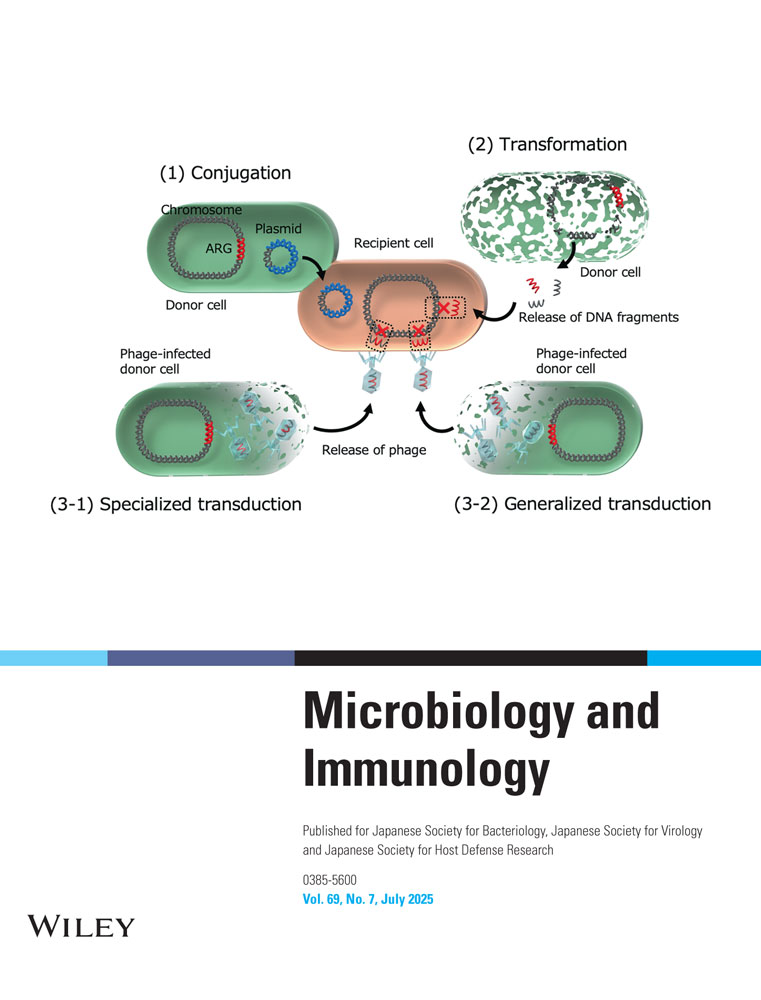Immunological Actions of Sophy β-Glucan (β-1,3-1,6 Glucan), Currently Available Commercially as a Health Food Supplement
Abstract
We examined the immunological actions of Sophy β-glucan (Ikewaki N., et al. United States Patent 6956120 and Japan Patent 2004-329077), a type of β-1,3–1,6 glucan produced by the black yeast Aureobasidium pullulans (A. pullulans) strain AFO-202, currently available commercially as a health food supplement, using different human in vitro experimental systems. Sophy β-glucan significantly (P<0.01) stimulated the 3H-thymidine incorporation rates (marker of DNA synthesis) in human peripheral blood mononuclear cells (PBMCs) obtained from normal adult donors, in vitro. Enzyme-linked immunoassays (EIAs) revealed that Sophy β-glucan stimulated the production of interleukin-8 (IL-8) or soluble Fas (sFas), but not that of IL-1β, IL-2, IL-6, IL-12 (p70+40), interferon-γ (IFN-γ), tumor necrosis factor-α (TNF-α) or soluble Fas ligand (sFasL), in either cultured PBMCs or cells of the human monocyte-like cell line, U937. The induction by Sophy β-glucan of DNA synthesis in PBMCs was completely blocked by the addition of monoclonal antibodies (mAbs) to CD11a, CD54, human leukocyte antigen-class II (HLA-class II), Toll-like receptor-2 (TLR-2), and Toll-like receptor-4 (TLR-4). In these blocking experiments using the mAbs, the main differences in the results between PBMCs and U937 cells were that the mAbs against TLR-2 and TLR-4 did not block the Sophy β-glucan -induced production of IL-8 in the U937 cells. Furthermore, a mAb to the β-glucan receptor, Dectin-1, significantly (P<0.05) blocked the Sophy β-glucan-induced DNA synthesis in the PBMCs, and Sophy β-glucan -induced production of IL-8 in the U937 cells. The Sophy β-glucan-induced production of IL-8 in the U937 cells was significantly (P<0.01) blocked by the conventional protein kinase C (PKC) inhibitor Go6976, the novel PKC inhibitor Rottlerin, the protein kinase A (PKA) inhibitor H-89, and the protein tyrosine kinase (PTK) inhibitor herbimycin A. Among these, the blocking effect of the novel PKC (PKC delta isoenzyme) inhibitor Rottlerin was the most pronounced. Studies employing reverse transcriptase-polymerase chain reaction (RT-PCR) showed that Sophy β-glucan stimulated the expression of IL-8 mRNA in the U937 cells, and that this induction was inhibited by Rottlerin. Sophy β-glucan also blocked the stimulator cell induction of DNA synthesis and IFN-γ production in the responder cells in a one-way mixed lymphocyte reaction (MLR) using allogenic PBMCs. Interestingly, immunoglobulin G (IgG), but not IgM to Sophy β-glucan was detected in the sera derived from normal adult donors and from the umbilical cord blood of neonates. Taken together, these findings strongly suggest that the Sophy β-glucan may have unique immune regulatory or enhancing properties that could be exploited by the health food, medical and pharmaceutical industries.
Abbreviations
-
- BRM
-
- biological response modifier
-
- CRD
-
- carbohydrate recognition domain
-
- DCs
-
- dendritic cells
-
- EIA
-
- enzyme-linked immunoassay
-
- GM-CSF
-
- granulocyte/macrophage-colony stimulating factor
-
- HLA
-
- human leukocyte antigen
-
- HRPOD
-
- horseradish peroxidase
-
- IFN-γ
-
- interferon-γ
-
- IL
-
- interleukin
-
- ITAM
-
- immunoreceptor tyrosine-based activation motif
-
- LPS
-
- lipopolysaccharide
-
- mAb
-
- monoclonal antibody
-
- MLR
-
- mixed lymphocyte reaction
-
- NHS
-
- normal human serum
-
- PBMCs
-
- peripheral blood mononuclear cells
-
- PKA
-
- protein kinase A
-
- PKC
-
- protein kinase C
-
- PTK
-
- protein tyrosine kinase
-
- RT-PCR
-
- reverse transcriptase-polymerase chain reaction
-
- TLR
-
- Toll-like receptor
-
- TNF-α
-
- tumor necrosis factor-α.




